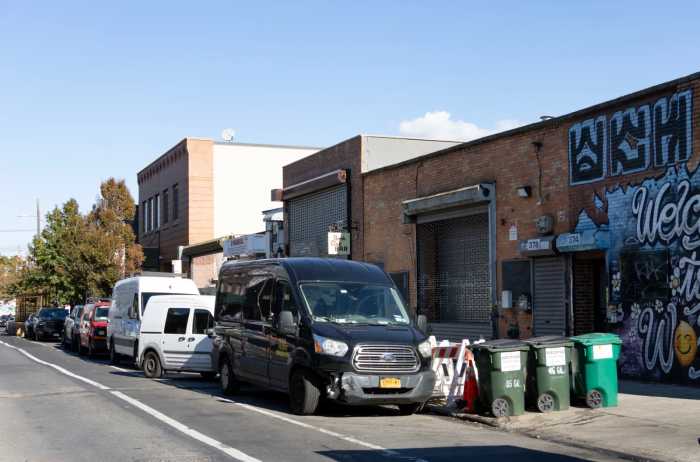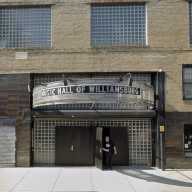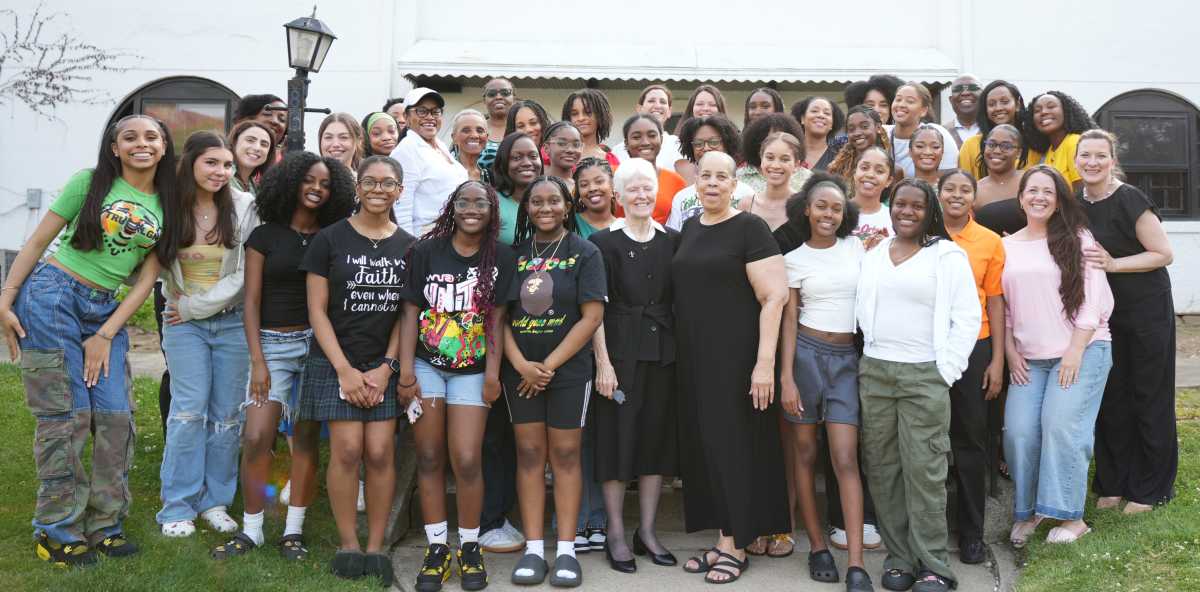Is this a food co-op, or Costco?
The cost to run the Bushwick Food Co-op, the fledgling member-supported food haven, has tripled during the last few months, and now management is considering asking its 85 members to pony-up $100 each — on top of a $50 membership fee — to help the business stay afloat.
“In order to keep this going, we’re going to need to put more money in the coffers,” said store manager Oliver Ogden.
Ogden says the plan would be to charge the members the fee as an investment in the company, which claims to offer lower prices on food in return for members working at the storefront for free, so it would be able to keep its head above water during a time when expenses — including telephones, electricity, and rent —have gone up dramatically.
“This kind of reinvestment is not unheard of for co-ops,” Ogden said.
Or, at superstores including Costco and BJ’s Wholesale, where members buck up a yearly fee in return for lower prices on items that are usually sold in bulk. But that’s where the comparison ends, because when food co-op take your cash, they promise to give it back.
The Park Slope Food Coop, for instance, charges members a one-time $100 fee that is returned to them — with interest — when they quit.
Ogden says he would use a similar model, which won’t go into affect until members agree.
“We’re holding a meeting to find out what our membership wants to do,” said Ogden. “It’s been difficult because we’ve gone through so many changes relatively quickly.”
The Bushwick Food Co-op opened in 2008 as a buyer’s club with only 10 members, but it quickly grew as word spread about the club’s cheap prices on bulk foods. In 2009, the co-op moved into an office and storage space in Brooklyn Fireproof on Ingraham Street. Last summer, it moved into the Loom building on Flushing Avenue between Porter and Knickerbocker avenues, four years after the co-op held its first meeting, it became a full-service — though small — grocery. Now, non-members can also shop at the store, through they pay higher prices.
Members have differing ideas of how to make sure the co-op is sustainable. Some want to attract as many members as possible, but others are wary of that philosophy.
“Between 100 and 300 members is pretty good for a co-op size,” said Ogden. “Once you get beyond that, the community is gone.”
Costco, by comparison, claims to have 67.4 million card-carrying members worldwide.
Reach reporter Danielle Furfaro at dfurfaro@cnglocal.com or by calling (718) 260-2511. Follow her at twitter.com/DanielleFurfaro.
























